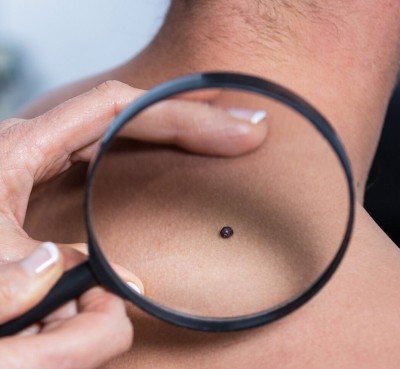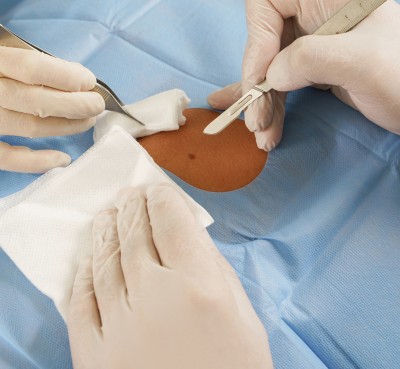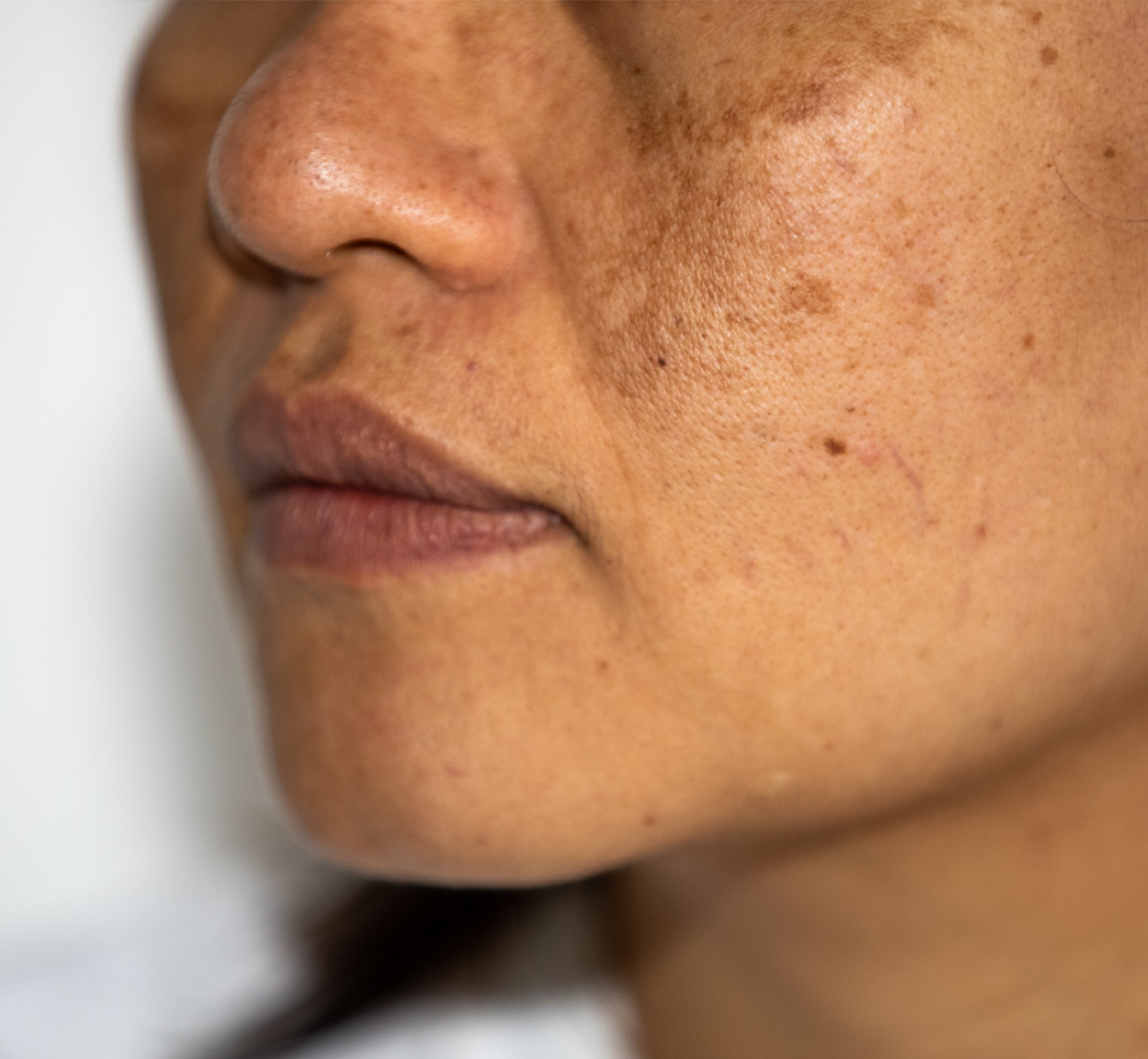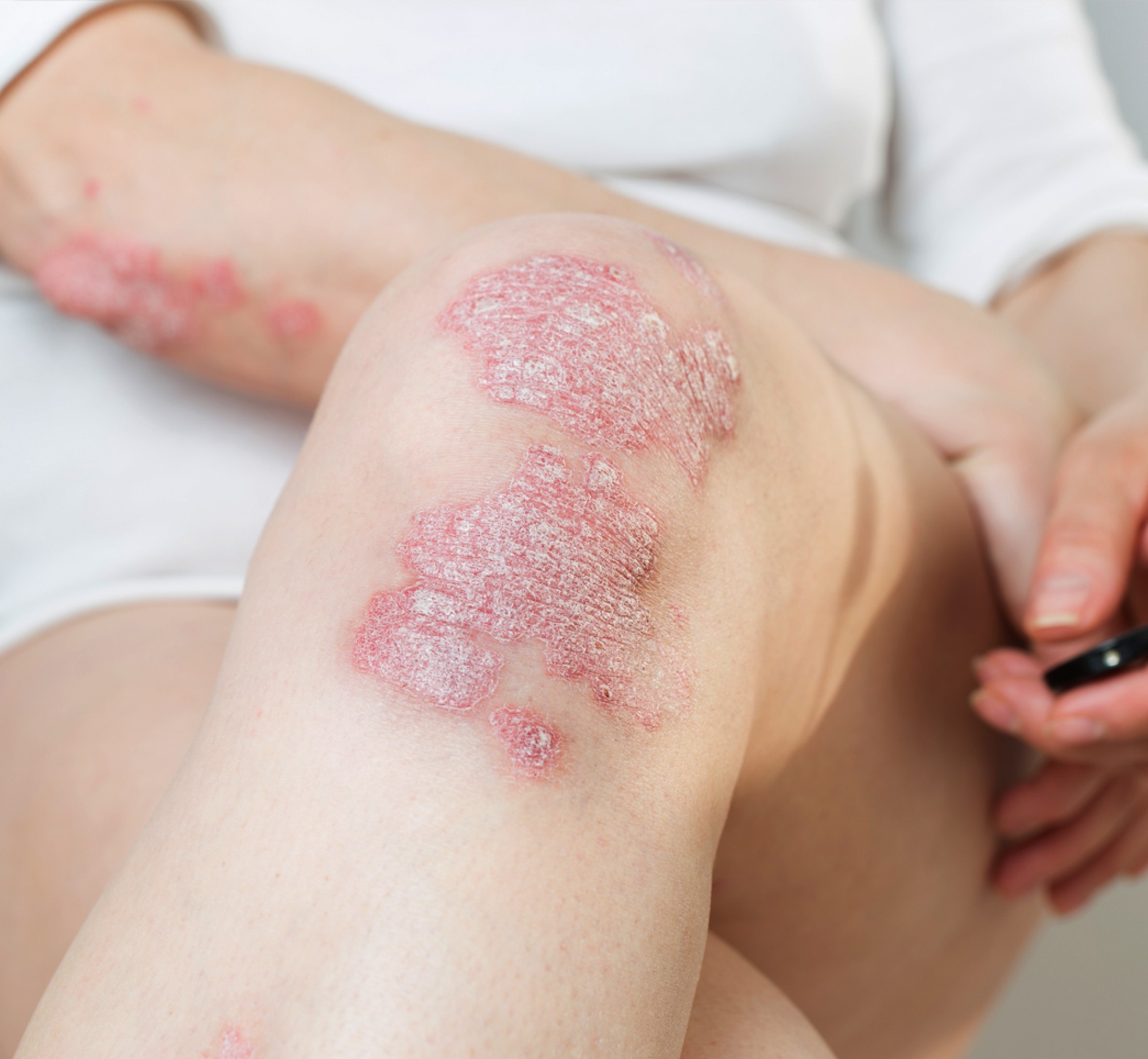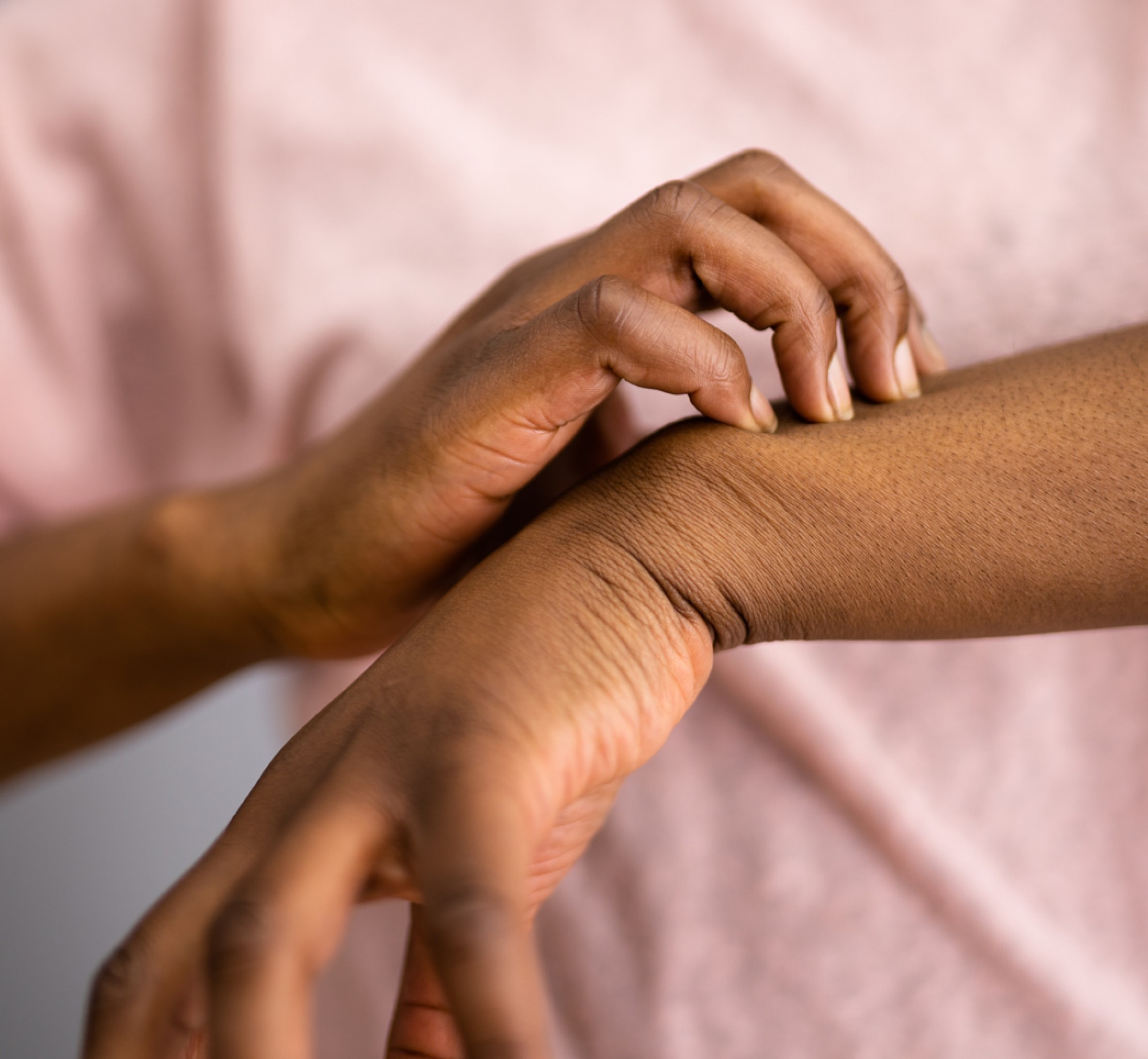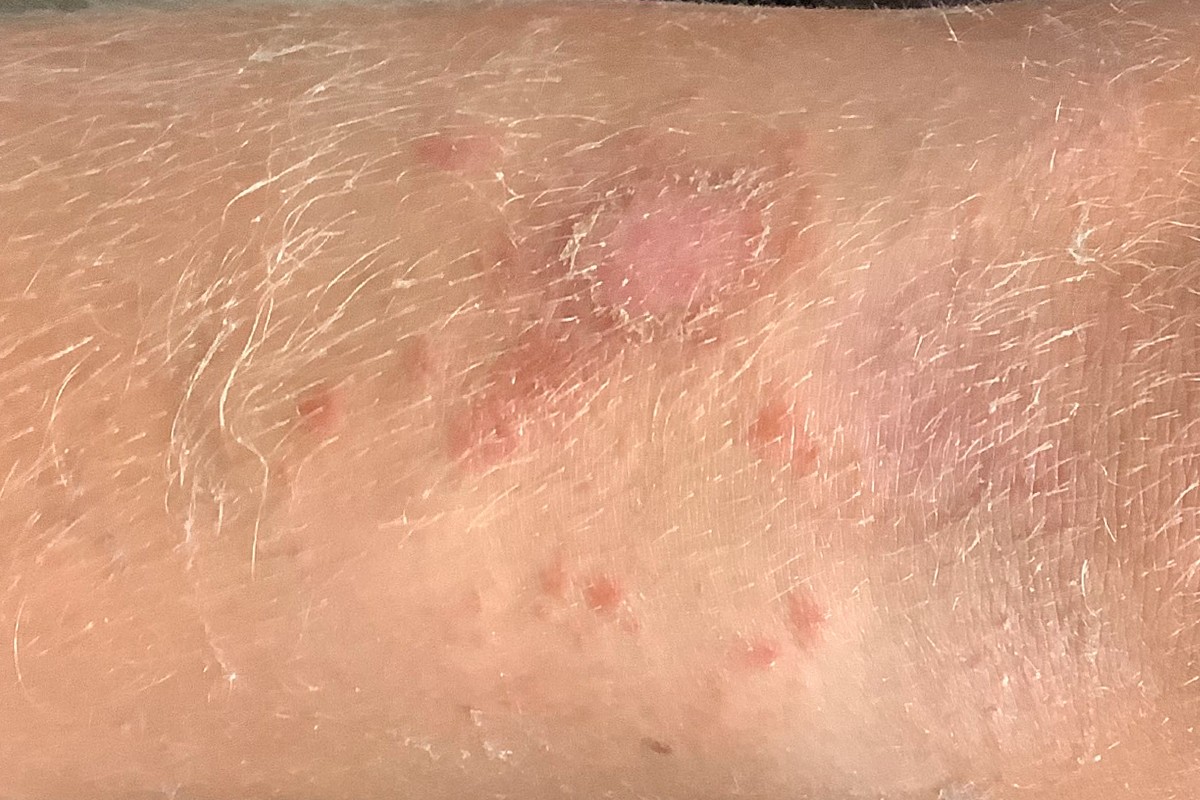The Blog
- Acne
- Maskne
- Melasma
- Pigmentation
- Hyperpigmentation
- Eczema
- Covid-19
- Rashes
- Covid-19 Vaccine
- Fillers
- Scars
- Botox
- Neurotoxins
- Skin
- Rosacea
- Seborrhea
- Anti-aging
- Skin Cancer
- Chemical Peels
- Allergies
- Infection
- Skin Tags
- Medical Care
- Dry Skin
- Skin Care
- Skin Care Tips
- Acne
- psoriasis
- Dandruff
- Impetigo
- Hair
- Intertrigo
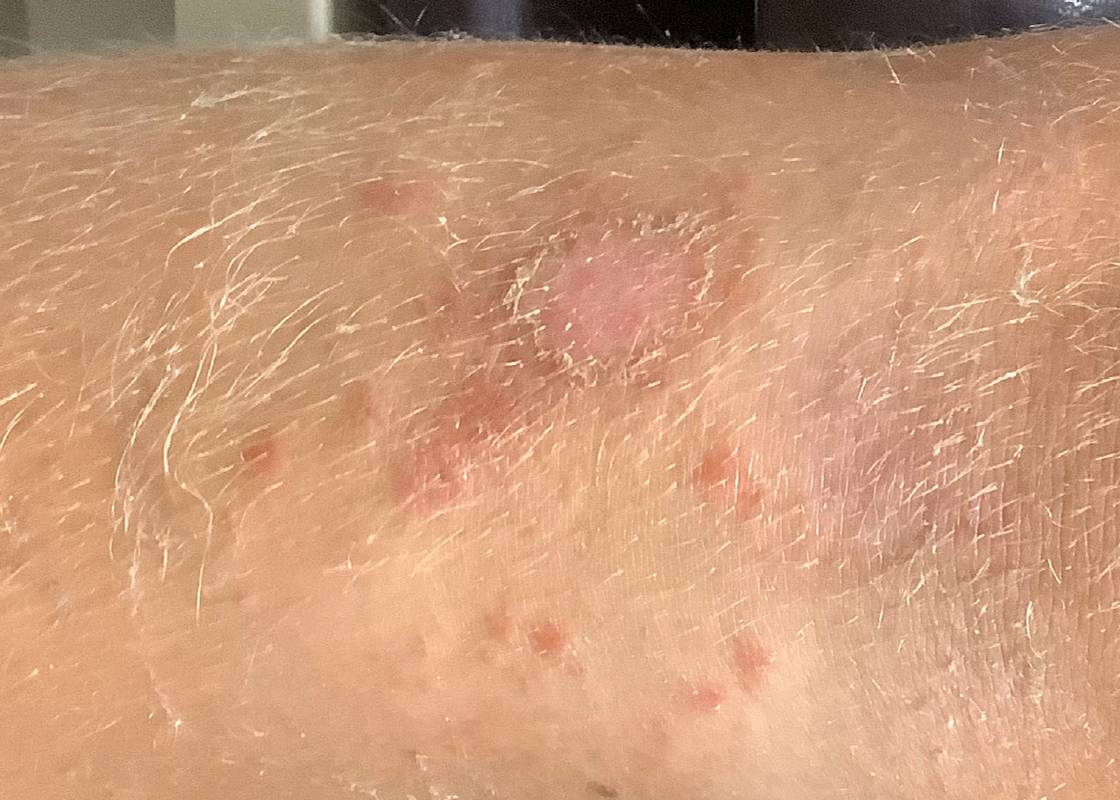
Skin infections can be unsettling, especially when they affect children. One of the most common infections I treat at Springs Dermatology MD is impetigo, a condition that’s highly contagious, frequently misunderstood, and, thankfully, very treatable. Though most often seen in young children, impetigo can affect individuals of all ages, particularly in warm, humid environments or close-contact settings.
As a triple board-certified dermatologist with over 25 years of experience , I’ve seen how frustrating and stressful this condition can be for both patients and their families. My goal is to help you understand impetigo clearly, what it is, why it happens, and how we treat it, so you can move forward with confidence and peace of mind.
What Is Impetigo?
Impetigo is a superficial bacterial skin infection most commonly caused by Staphylococcus aureus or Streptococcus pyogenes. These bacteria take advantage of small openings in the skin, often from cuts, insect bites, or irritation caused by other skin conditions like eczema. The hallmark sign of impetigo is the appearance of red sores that rupture and develop a characteristic golden, honey-colored crust. While impetigo is most often seen in children between the ages of 2 and 5, adults, especially athletes, caregivers, and individuals with compromised skin, can also develop it.
Recognizing the Symptoms
There are two main forms of impetigo, and they can appear slightly different:
Non-bullous impetigo, the more common type, typically starts with small red sores around the nose, mouth, or limbs. These lesions rupture and form thick, yellowish crusts. They may itch but are usually not painful.
Bullous impetigo presents as larger, fluid-filled blisters, most often on the trunk or limbs. These blisters break easily and leave behind a thinner yellow crust. This form may feel tender but usually isn’t severe.
Other signs can include mild skin irritation, itching, and occasionally, swollen lymph nodes near the affected area.
What Causes Impetigo?
Impetigo develops when bacteria enter through broken or irritated skin. It spreads easily, particularly in crowded environments such as daycares, schools, or sports teams. Factors that increase the risk include:
• Cuts, scrapes, or insect bites
• Skin conditions like eczema or dermatitis
• Warm, humid climates
• Poor hygiene or frequent skin-to-skin contact
• Sharing towels, clothing, or personal items
Because of how contagious it is, early diagnosis and treatment are essential to prevent it from spreading further.
The Emotional Side of Impetigo
For many families, the physical symptoms are only part of the concern. Parents often feel frustrated watching their child deal with visible sores or worried about spreading it to siblings or classmates. Children may feel embarrassed or uncomfortable, especially if the infection is on the face or hands. And adults who develop impetigo are often surprised by how quickly it can progress.
The good news? With timely and appropriate care, impetigo is highly treatable and rarely leaves permanent marks.
Clearing Up Common Misconceptions
Despite being common, impetigo is often misunderstood. Let’s clarify a few myths:
“It’s not very contagious.” Impetigo spreads easily through direct contact or shared items, especially in children.
“Only kids get it.” While more common in young children, adults can absolutely develop impetigo too.
“It’s dangerous.” In most cases, impetigo is mild and resolves quickly with treatment. However, if left untreated, it can spread or lead to complications.
How We Treat Impetigo
At Springs Dermatology MD, we tailor each treatment plan to the individual’s needs and the severity of the infection. Most cases respond well to:
• Topical antibiotics, applied directly to the affected area, are effective for mild to moderate infections.
• Oral antibiotics may be necessary if the infection is more widespread or not improving with topical treatment.
• Supportive care includes gently cleansing the area, avoiding scratching, and keeping lesions covered to prevent spread.
• Prevention strategies are key. We counsel families on hygiene practices, such as frequent handwashing and not sharing towels or clothing.
You should seek medical care if:
• The sores aren’t improving within a couple of days of good hygiene
• The infection spreads rapidly or new symptoms arise
• There’s fever, swelling, or signs of worsening infection
• You’re unsure whether it’s impetigo or something else entirely
A dermatologist can confirm the diagnosis and ensure you're on the right treatment plan.
You’re Not Alone, and It’s Treatable
Impetigo can be disruptive and stressful, but it’s also one of the most treatable skin conditions we manage. Whether it’s your child’s first experience or a recurring issue, we’re here to support you with compassionate, expert care every step of the way. If you or your child is showing signs of impetigo, don’t wait.
At Springs Dermatology MD, lcwe’re here to help you heal quickly, prevent future flare-ups, and restore comfort and confidence.




